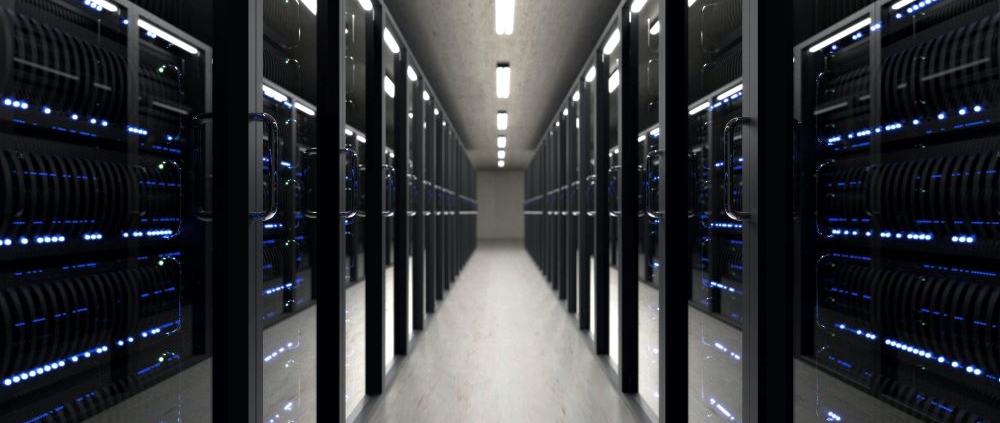The recent announcement by Thames Water that it may restrict water flows to London data centres and charge them more at times of peak demand may be the shape of things to come.
Thames Water Ltd – Considering Restrictions
The announcement follows an investigation last year into how much water was being used by London and M4 corridor datacentres. At the time, Thames Water’s Strategic Development Manager, John Hernon, said that he was looking to work closely “with those consultants planning for new datacentres in the Slough area” and saying, “Our guidance has already resulted in a significant reduction in the amount of water requested by these new centres due to guidance on additional storage and cooling procedures”.
What’s The Issue?
The main issue is that datacentres require vast amounts of water for cooling and the water they currently use is drinking water from supply pipes. This can put pressure on supply and infrastructure during hot weather when demand for water surges. It should also be noted that datacentres also require substantial amounts of electricity.
Restrictions
To address these issues, Thames Water Ltd has announced that it has discussed with at least one datacentre operator in London about physically restricting the water flow at peak times. John Hernon has been reported as saying that this could involve introducing flow restrictions on pipes.
What Are The Alternatives To Physically Restricting Water?
Although Thames Water has discussed restricting water flow to the datacentres, the company has said it would prefer to take a collaborative approach with datacentres, encouraging them to look at water reusage and recycling options on-site. This could involve reusing final effluent from the company’s sewage treatment works or intercepting and surface water before it reaches treatment plants.
Thames Water first raised the issue of datacentres using raw water in August 2022. At the time, a drought had led them to introduce a hosepipe ban affecting 15 million customers in the southeast (including London and the Thames Valley area), bringing the issue of how much drinking water datacentres were using into sharp focus.
In Other Countries
Although water is the traditional cooling method for data centres, in some other countries and regions they also use different cooling methods depending on factors like climate, local regulations, and available resources. For example, some common cooling methods include air cooling, or specialised cooling solutions like chilled water systems. Some recent experiments in data centre cooling methods have also included immersing servers in liquid / engineered fluid, i.e. immersion cooling (which Microsoft now uses at its datacentre in Quincy, WA in the US), and underwater datacentres such as Microsoft’s Project Natick. Other recent and innovative data centre cooling ideas have included a decentralised model whereby homeowners are incentivised to have business servers attached to their home water tanks for cooling.
Criticism
Even though it would make sense for datacentres to get their large water requirements from somewhere other than the drinking water supply, some have criticised Thames Water for scapegoating the datacentre industry when the water company doesn’t appear to be doing much about losing 600 million litres of water a day (nearly a quarter of its daily supplies) through leaks.
What Does This Mean For Your Business?
Pressures such as climate change, the growth of the digital society, cloud computing, the IoT, and the newer pressures of widescale use of generative AI have all fed the demand for more datacentres and have exacerbated the cooling challenges faced by them. Although some innovative alternatives are being tried, datacentres predominantly have huge water and power requirements and, as the Tames Water area example shows, the fact that they tap into drinking water can be a big problem in drought or at peak general demand times. Businesses require reliable computing and access to their cloud resources as well as water (and power) illustrating the importance to the wider economy and society of finding a solution that enables data centres to function reliably while not negatively impacting other infrastructure, businesses, and the economy or, indeed, climate targets.
Using raw water may be one alternative that could help (as could fixing leaks as some critics argue). Some other methods such as immersion cooling or underwater datacentres look promising, but these may take some time to scale up. AI may also prove to be helpful in helping to improve the management of datacentre cooling.
There are, in fact, many methods that could ultimately all help tackle the problem, such as optimising airflow management, implementing intelligent monitoring systems, utilising computational fluid dynamics simulations, and exploring innovative architectural designs. All these methods could help by enhancing airflow efficiency, preventing hotspots, improving heat dissipation, proactively adjust cooling parameters, informing cooling infrastructure design, and dynamically adapting to workload demands to meet the modern cooling challenges faced by data centres.
For Thames water, the idea of working collaboratively with datacentres rather than simply imposing water restrictions sounds a sensible way forward because datacentre cooling is a challenge that now affects all of us and needs intelligent solutions that work and can be put into practice soon.
If you would like to discuss your technology requirements please:
- Email: hello@gmal.co.uk
- Visit our contact us page
- Or call 020 8778 7759
Back to Tech News



